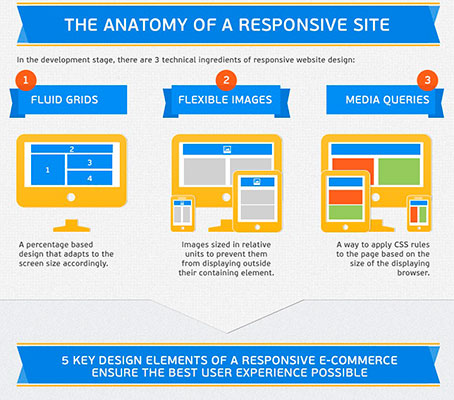Basic Elements Of Website Design: Guidelines For Establishing A User-Centric Website
Basic Elements Of Website Design: Guidelines For Establishing A User-Centric Website
Blog Article
Material By-Wiley Secher
When it pertains to internet site layout, making sure user-friendliness is essential. From responsive layout to structured navigating, every component plays a crucial duty in developing a site that accommodates your audience's demands. But what about the better information that can make or damage an individual's browsing experience? Stay tuned as we uncover some often-overlooked tips that can boost your internet site's functionality to the following level, making it really stick out in the digital landscape.
Value of Responsive Layout
Receptive layout is a vital aspect of modern website development. Ensuring your web site is responsive ways that it can adjust to various display sizes and gadgets, supplying a seamless experience for users.
With the raising use of mobile phones and tablet computers to access the net, having a receptive layout is vital for reaching a broader audience. It helps in boosting user experience by making your internet site easy to browse and continue reading any type of tool.
Additionally, receptive layout can favorably impact your online search engine positions, as online search engine like Google focus on mobile-friendly sites. By having a receptive style, you're likewise future-proofing your website, as brand-new gadgets with differing display sizes remain to emerge.
Simplify Navigating Framework
To enhance individual experience and promote simple access to information on your web site, simplifying the navigation structure is vital. When developing your website, concentrate on developing a clear and user-friendly navigation menu that assists site visitors find what they're searching for promptly.
Limit the variety of food selection items to the basics, organizing relevant pages together to avoid frustrating users. Use detailed tags that plainly suggest the material of each web page, making it simpler for customers to understand where each link will take them.
Take into consideration applying dropdown menus for subcategories to stop littering the primary navigation bar. Furthermore, consist of a search bar prominently on the page for customers that favor searching for certain details.
Prioritize mobile responsiveness in your navigation design to make sure simple access on all gadgets.
Optimize Page Tons Rate
Improving page tons rate is critical for retaining visitors on your internet site. Slow-loading pages irritate users and can bring about high bounce prices. To https://startups.co.uk/marketing/digital-marketing-trends/ , begin by enhancing images. Press pictures without jeopardizing quality to minimize their documents sizes.
Furthermore, allow web browser caching to save often accessed resources locally, accelerating load times for returning site visitors. Minify CSS, JavaScript, and HTML data by removing unneeded characters, remarks, and formatting, boosting load rate.
Think about utilizing increase search engine optimization (CDN) to disperse your internet site's content throughout numerous web servers worldwide, lowering latency for customers accessing your website from different places. Last but not least, restrict the use of third-party scripts and plugins, as they can considerably affect load times.
Verdict
Finally, by incorporating receptive layout, streamlining navigating, and optimizing page load rate, you can produce an easy to use site that appeals to a wider target market and enhances customer experience. These essential elements make certain that site visitors can quickly accessibility and navigate your website across various devices, causing raised interaction and fulfillment. By concentrating on these vital aspects, you can develop an effective website that keeps users coming back for even more.
